Cotton is foundational in both high street and designer fashion. Its soft breathable nature makes it quite popular. Without a doubt, we use cotton on a day to day basis. But considering the effort that goes into creating everything fashionable we cherish, very few ask us where is cotton fabric is actually made? Fashion lovers, designers and advocates of sustainability alike will enjoy: we are here to take you cotton’s journey. We’ll turn you into an educated chic as we showcase the sophisticated craftsmanship bundled up within the fabric we wear.
Table of contents
- The First Steps Of Cotton Plant
- Cotton Ginning: Where Softness Gets Its Start in Precision
- Spinning Style: How Cotton Becomes Thread
- Weave It or Knit It: Building Fashion’s Foundation
- Dyeing & Finishing: Where Cotton Gets Its Personality
- Sustainable Style: Why Cotton Is Still in Vogue
- From Field to Fashion: Cotton in Your Closet
- Final Thoughts
- FAQs
The First Steps Of Cotton Plant
The United States, China, India, and Egypt are major world exporters of cotton and could be referred to as it’s seed capital. From these countries, cotton starts life as growing in temperate regions of the world, in sun, with moderate rainfall. After locating regions with long frost-free periods, farmers begin harvesting cotton — complete with bolls — either by hand or machine, depending on local conditions.
Farmers and brands are slowly moving towards more organic and regenerative farming methods, including natural pest control and compost-based fertilization. Selecting cotton produced through these practices helps soften the load on the environment and produces soft, chemical-free fibers that are gentler on the skin.
Cotton Ginning: Where Softness Gets Its Start in Precision
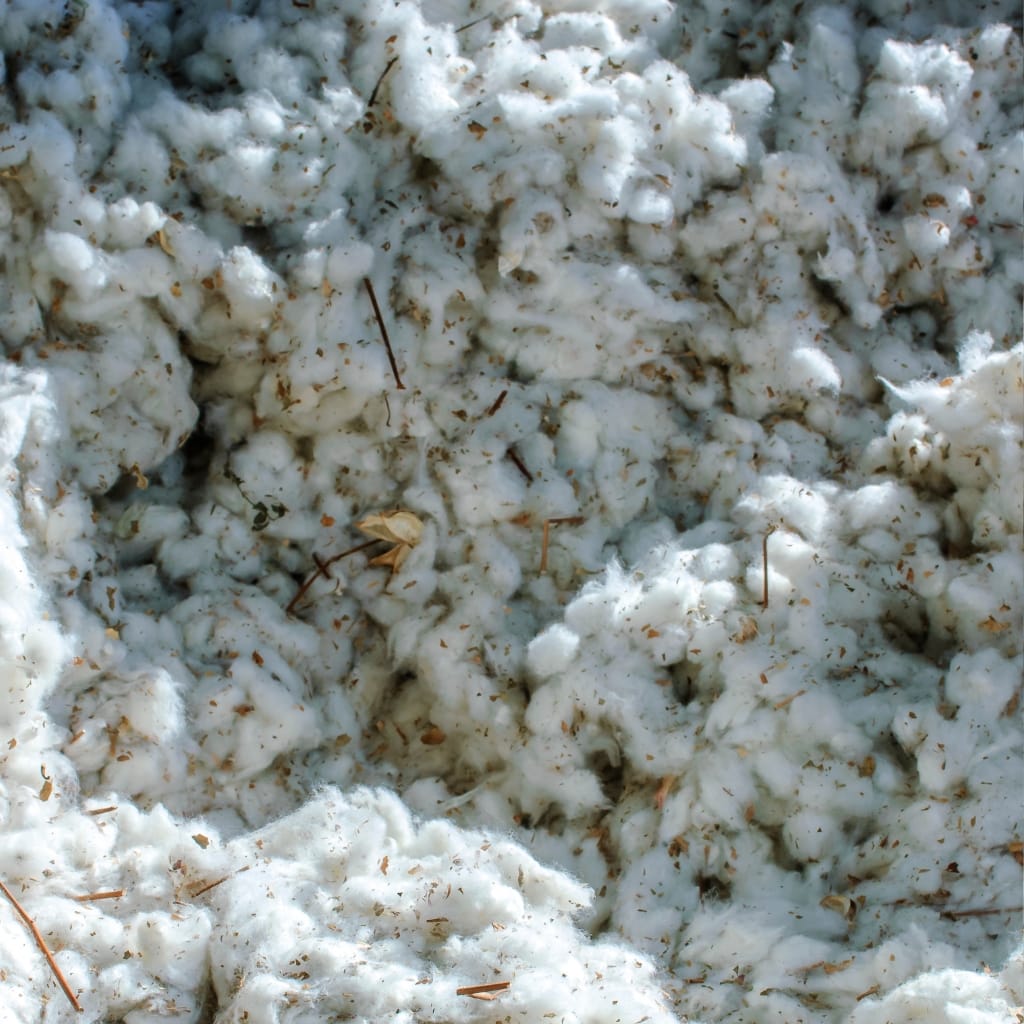
After harvesting the cotton, workers send it to a processing plant known as a gin. There, the cotton ginning process begins. Machines mechanically detach the seeds from the fiber in a process known as cotton splitting. The plant refers to the freshly processed cotton fiber as “gin,” and then further cleans it to remove any remaining seeds, dirt, and plant residue.
This process cleans the raw material thoroughly, transforming it into a soft, fluffy, and usable form ready to be spun and woven into fabric.The ginning process produces very little waste, as manufacturers typically repurpose the seeds into livestock feed or cottonseed oil.
Spinning Style: How Cotton Becomes Thread
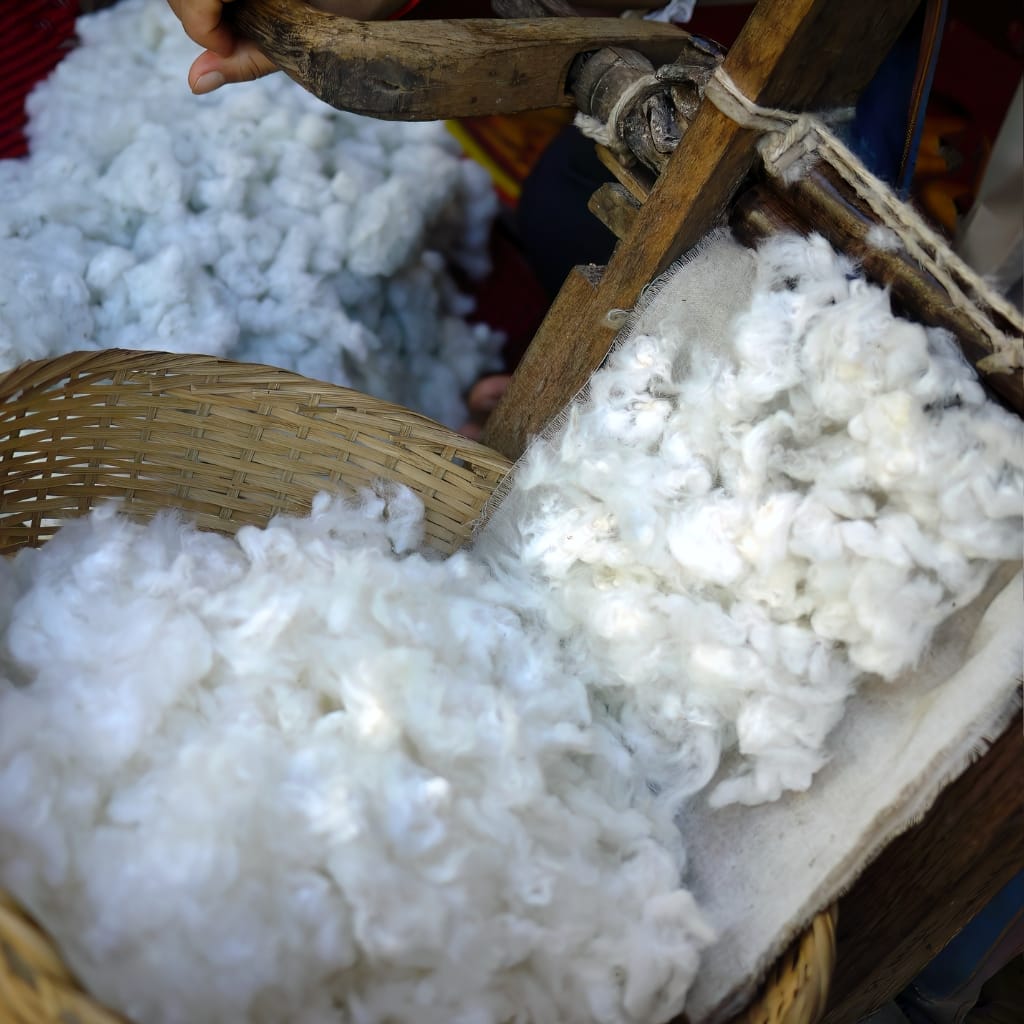
Workers card and comb the cleaned cotton fibers to align them in the same direction, then spin them into yarn using high-speed spinning machines. It’s during this stage that the quality of the cotton is even more evident. long-staple cotton varieties like Pima or Egyptian cotton yield stronger, smoother, more luxurious threads.
Spinning is where you get to see the magic of transformation being done to raw cotton. The threads produced here serve as the building blocks of the cotton fabric we all love. During this step is also where the manufacturer has the option to blend the cotton with other fibers like elastane for stretch, or keep it 100% cotton for pure softness.
Weave It or Knit It: Building Fashion’s Foundation
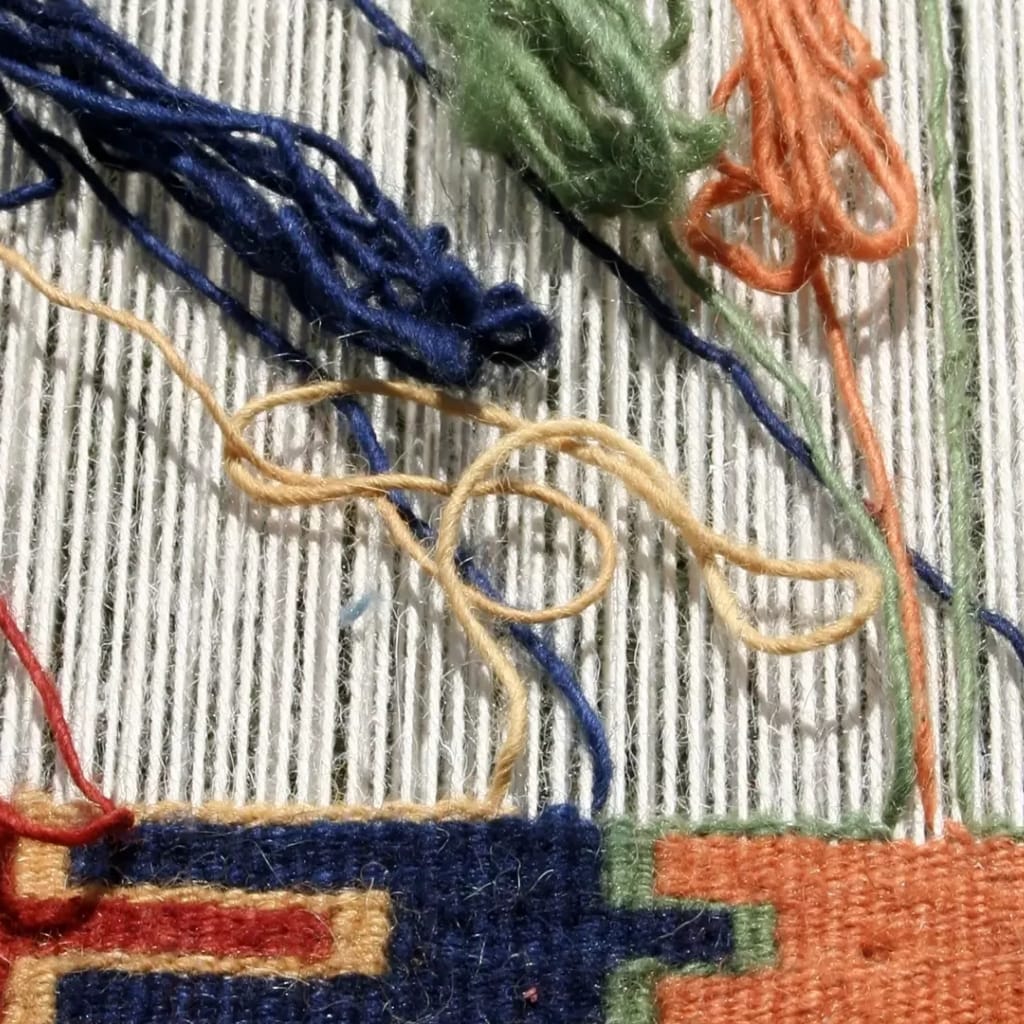
Manufacturers then weave or knit the spun cotton yarn into fabric. They interlace two sets of yarn at right angles to create structured fabrics such as denim, poplin, or twill through weaving. In contrast, they use a single, continuously looped yarn in knitting to produce stretchy, soft fabrics like jersey.
The construction of the fabric, whether by weaving or knitting, affects the garment’s texture, strength, and silhouette. For example, tight weaves are more wrinkle-resistant while loose knits are softer and more pliable. Depending on the aesthetic or functional need, designers strive for a certain look, which is why they select varying fabrics.
Dyeing & Finishing: Where Cotton Gets Its Personality
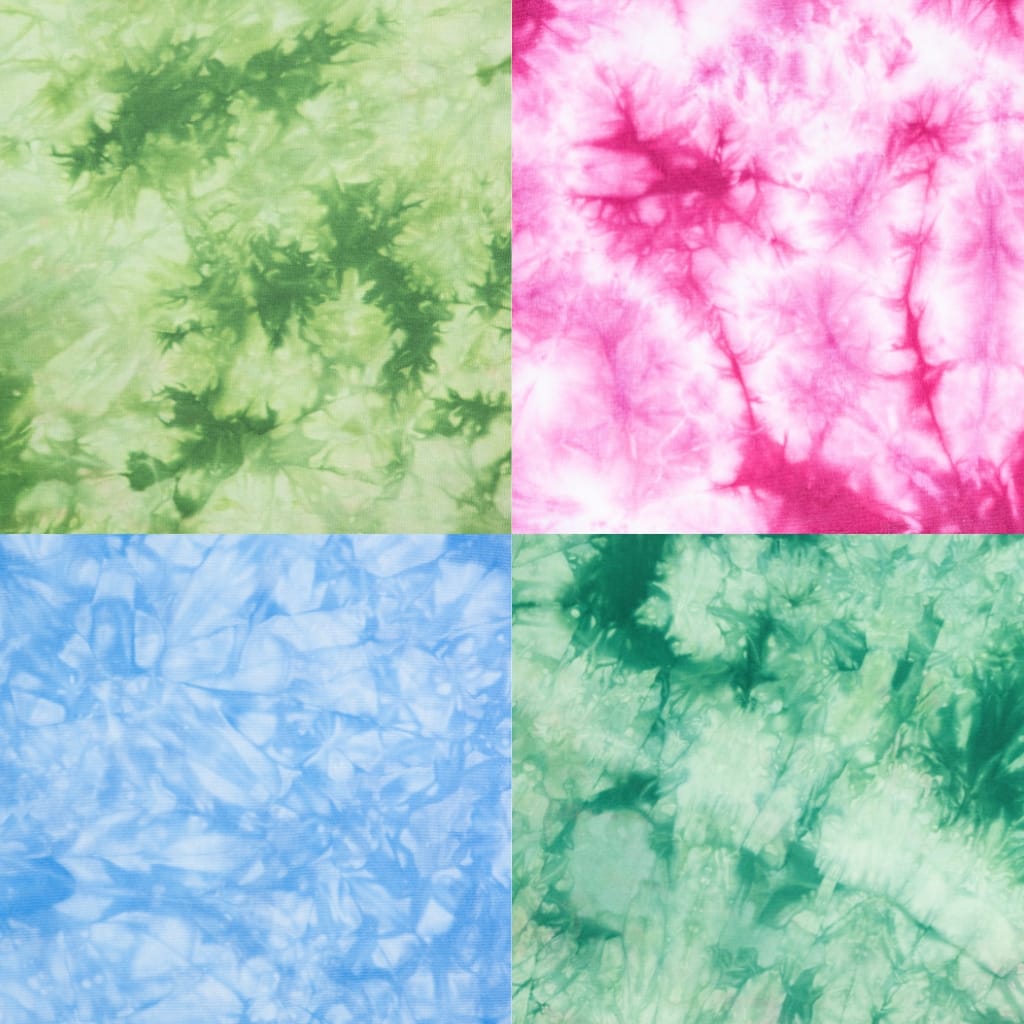
Adding color, patterns, and visual appeal to fabrics that has already been formed comes next. Cotton is ideal for use in everything from crisp white shirts to bold, printed patterns because it takes dye exceptionally well. Environmentally mindful dyeing methods concentrate on employing plant-based dyes, low-water techniques, or utilizing a closed loop system which recycles dye water.
Manufacturers soften, pre-shrink, and apply specific coatings to protect cotton fabric from water and wrinkles. These finishing treatments help the fabric withstand everyday use while maintaining its visual appeal. Today, many brands skip harsh chemical finishes to keep cotton gentle on the skin and better for the environment.
Sustainable Style: Why Cotton Is Still in Vogue
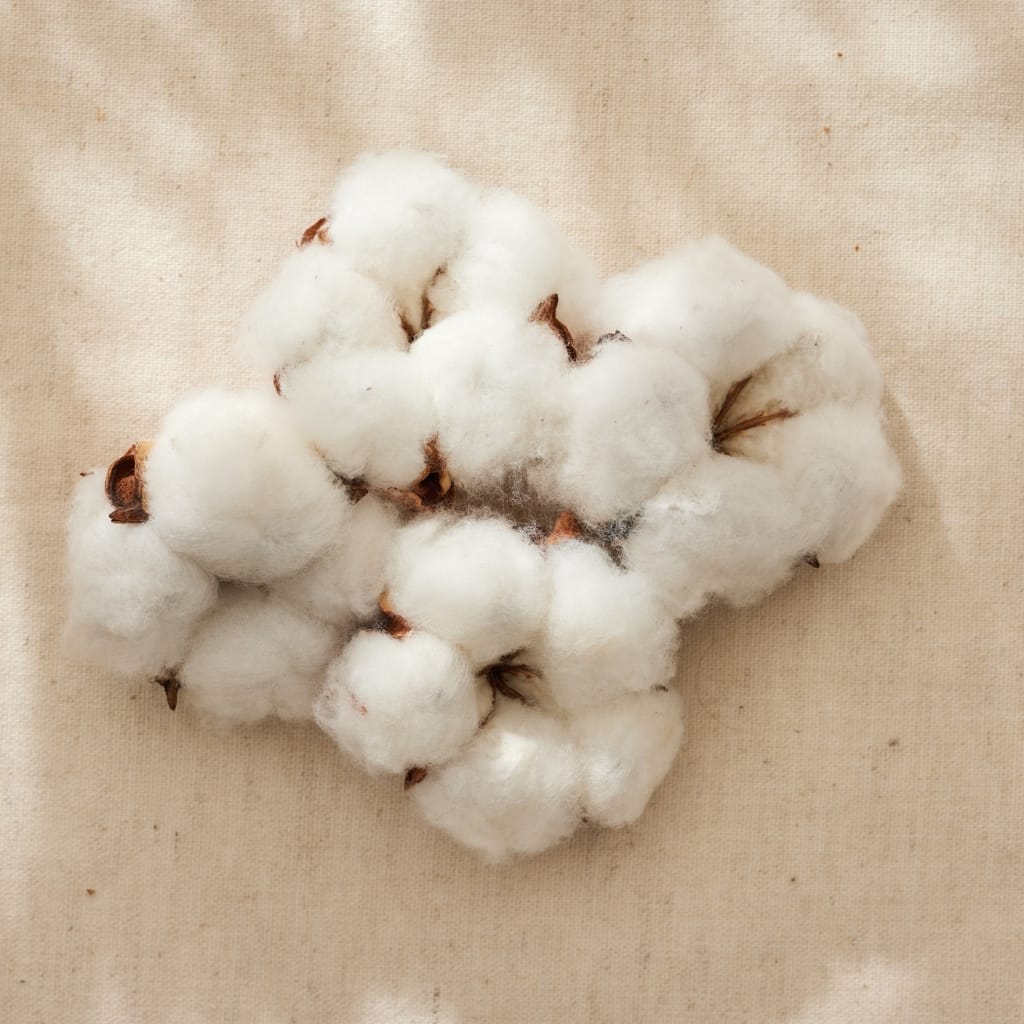
Many consider cotton the foundation of eco-friendly fashion, even with the rise of synthetic alternatives This is due to it being biodegradable, renewable and recyclable. A growing number of brands are adopting circular design models that aim to close the loop by reusing cotton garments or recycling fibers into new textiles, fair-trade sourcing, and organic cotton.
Consumers can help combat climate change through responsible purchasing by supporting brands using sustainably sourced cotton, as such brands help lower the environmental impact of the fashion industry.Cotton suits different lifestyles and brings eco-friendly style to everything from athleisure to formalwear
From Field to Fashion: Cotton in Your Closet
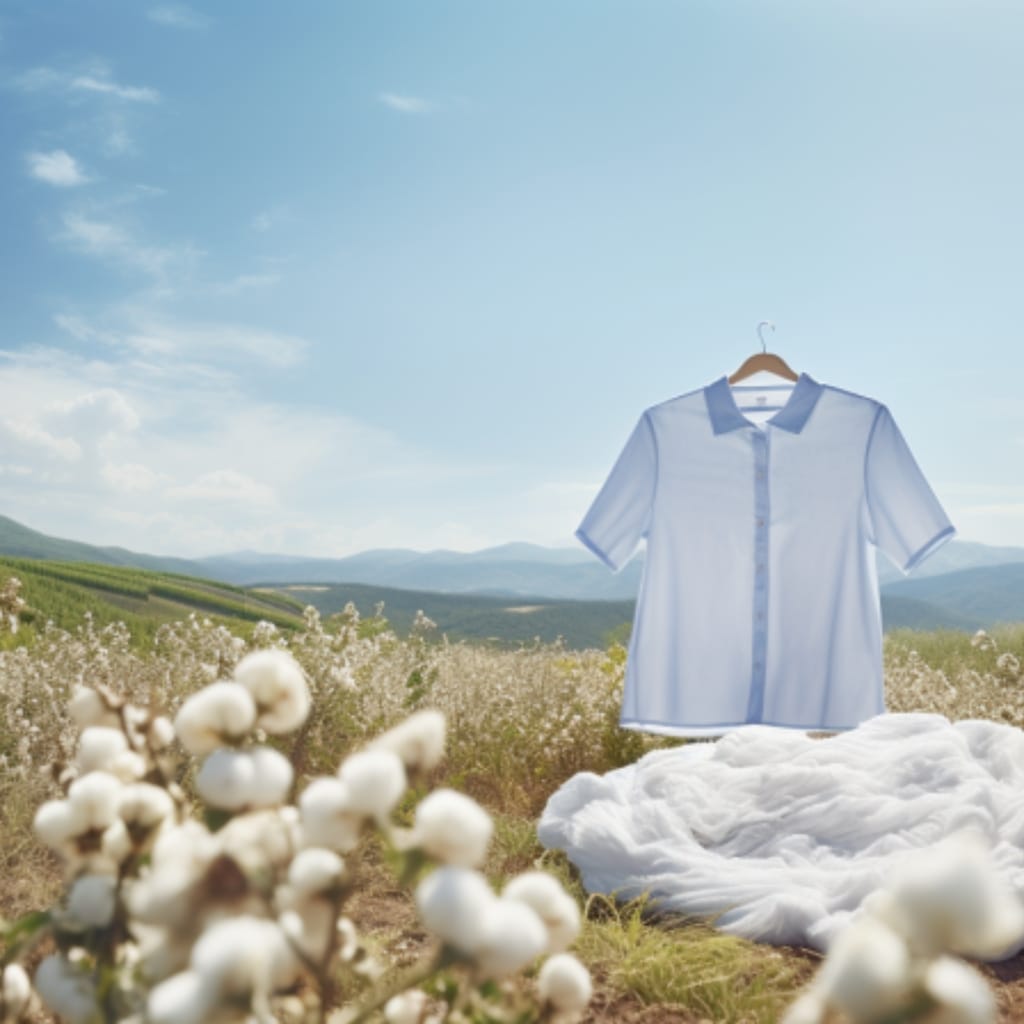
Putting your favorite cotton tee or going for a casual day in a cotton dress means that you are putting on something that took a voyage from soil, other agriculture to your close. The process of making cotton fabric involves farming to finishing, it is a blend of tradition, innovation and style. A processes that is rooted deeply in nature, driven by craftsmanship, and bolstered by modern day sustainability.
Appreciating the history of the fabric adds meaning to the styling of a cotton blouse for brunch, or even putting on a cotton hoodie. It’s clear that cotton does not only serve as a material, but it also embodies an entire fashion legacy.
Final Thoughts
In observing cotton fabric, one can conclude that it is more than a mere basic. It was derived from nature, and with an increasing focus on environmental conservation, it is an undeniable fashion staple. The processes involved in manufacturing cotton, from sowing the seed to the final stitch, showcases an intricate blend of scientific innovation, craftsmanship and thoughtful design. As people become increasingly aware of the origin of their clothing, cotton will distinguish itself not only for its softness and light weight but its renewability and biodegradability.
Cotton creates countless products, from T-shirts to blouses, each telling a shared story of tradition and the earth’s touch woven into timeless style. When you choose to wear cotton from responsible sources you actively champion comfort, care, and mindful fashion and you take control of the narrative. So the next time you slip into your favorite cotton piece, remember its journey begins with a seed and ends in style.
FAQs
Cotton fabric originates from the soft and fluffy fibers that encase the seeds of the cotton plant.Manufacturers remove and clean the fibers, then spin them into thread and weave or knit them to produce fabrics. Since it comes from a plant, we classify cotton as a natural and renewable fiber. Fashion lovers treasure it for its softness, breathability, and versatility.
Yes, cotton can be sustainable, particularly when organically grown or harvested through an ethical suppies chain that minimizes water usage and pesticides. In the sustainable fashion movement, organic cotton and recycled cotton are gaining popularity. While conventional cotton farming has a reputation for high water usage, there are now emerging alternatives in regenerative agriculture, as well as fair-trade sourcing that are using responsibles practices.
Buyung the most advanced technologies in large scale liegt technik pervertexis cotton fabric in di siz azhar stride measuring di texture and looking with the steps ramphaim wisio these frame junction. Cotton sowing and cropping, Colling the chewing machine, Preparing band weaving into the cloth, Blongekykse his clown

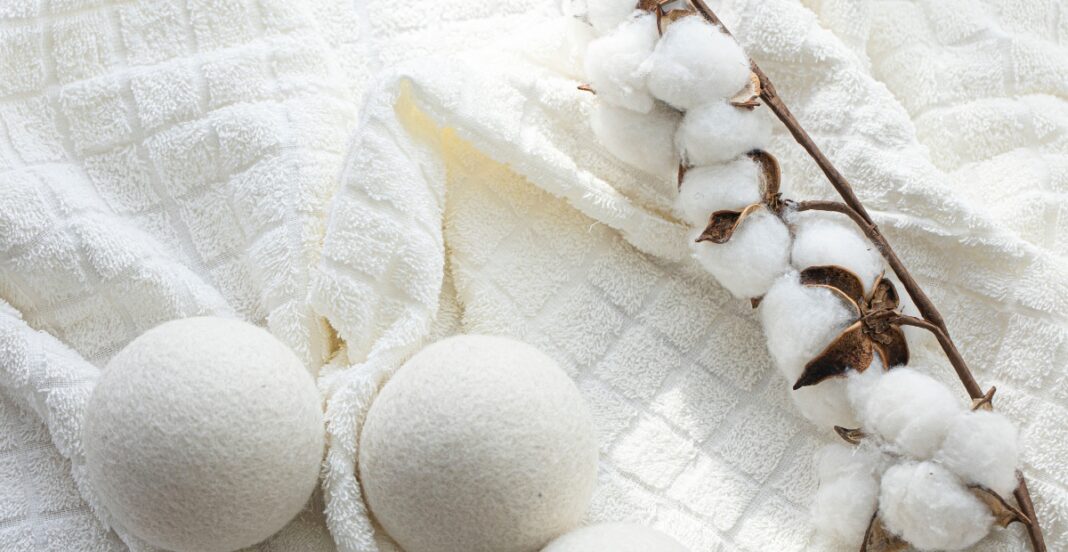

This post does a great job of highlighting the elegance of cotton—not just in texture, but in the process it undergoes from raw fiber to finished fabric. It’s a good reminder that what feels simple is often the result of a detailed, intentional craft.